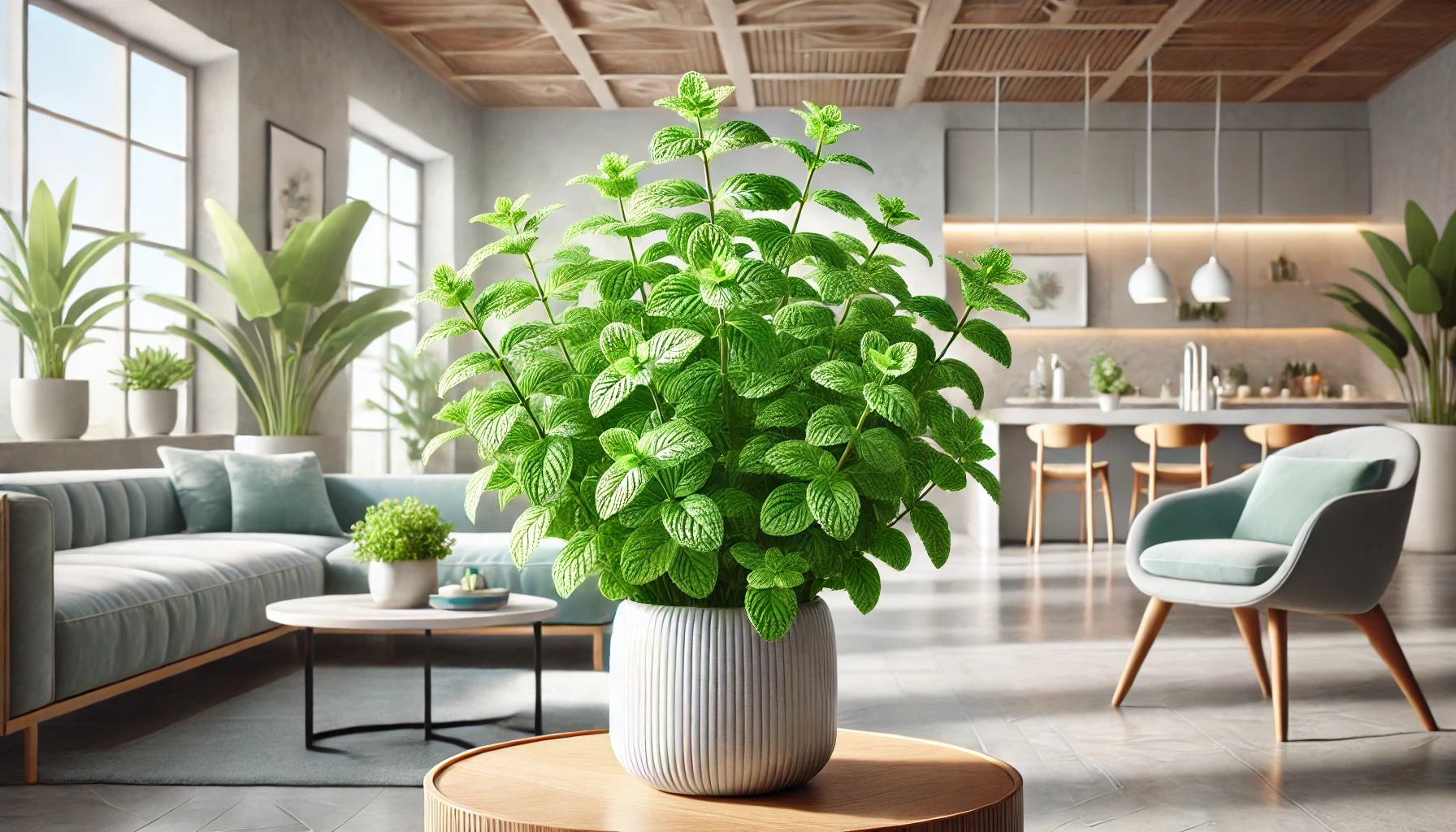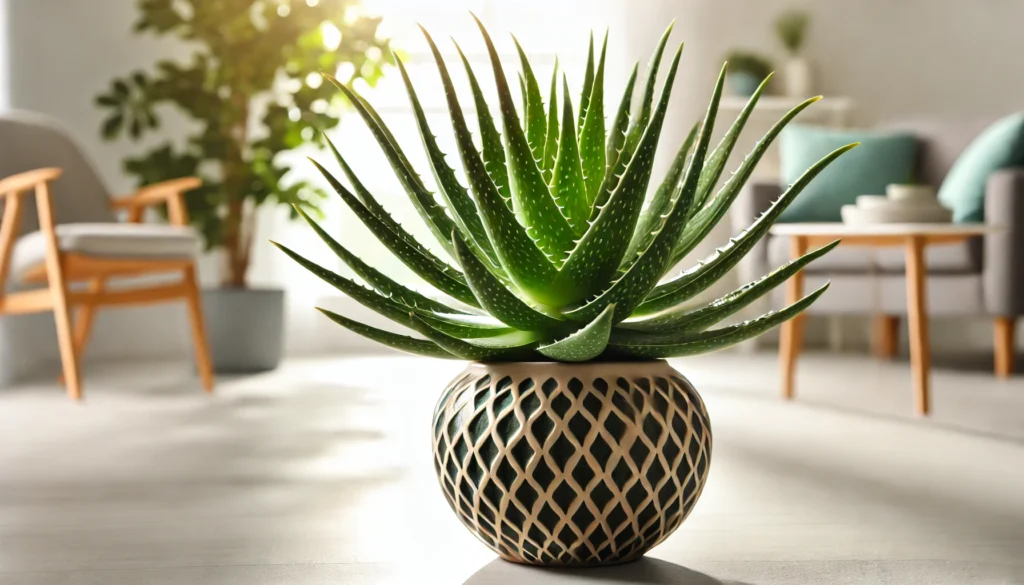
Mint, formally known as Mentha, is a popular herb cherished for its refreshing aroma and flavor. This perennial herb can grow up to 2-3 feet tall and spread widely if not contained, making it a lush and fragrant addition to any garden or indoor space.
History and Ideal Growing Conditions
Mint has a rich history dating back to ancient times, where it was used by the Greeks and Romans for its aromatic properties and as a symbol of hospitality. Native to Europe, Asia, and North America, Mint thrives in temperate climates and has been naturalized in many parts of the world.
Ideal growing conditions for Mint include a sunny to partially shaded location with well-draining soil. Mint is a hardy plant that can adapt to various soil types but performs best in rich, moist soil. It prefers a pH level between 6.0 and 7.0 and thrives in USDA hardiness zones 3-11.
Information About Toxicity and Pets
Mint is generally safe for pets, but it can cause mild digestive upset if ingested in large quantities. Symptoms may include vomiting and diarrhea. While not highly toxic, it’s always best to monitor pets and discourage them from eating large amounts of any plant.
Best Practices for Caring for Mint
Caring for Mint is straightforward, making it an excellent choice for both novice and experienced gardeners. With the right care, Mint can thrive and provide a continuous supply of fresh leaves for culinary and medicinal uses.
Watering and Humidity
Mint prefers consistently moist soil but does not like to sit in water. Water the plant thoroughly when the top inch of soil feels dry, ensuring that excess water drains out to prevent root rot. In hot, dry weather, you may need to water Mint more frequently. Mint does not require high humidity and can adapt to various indoor environments.
Soil, Light, and Temperature
Mint thrives in well-draining, rich soil. It grows best in full sun to partial shade, with at least 4-6 hours of sunlight per day. Mint is a hardy plant that can tolerate a wide range of temperatures but prefers cooler climates. It can withstand light frosts and can be grown year-round in warmer regions.
Common Problems and Remedies
Mint is generally a robust plant, but it can encounter some common issues. Overwatering and poor drainage can lead to root rot. Ensure the soil is well-draining and adjust your watering schedule if you notice yellowing leaves. Mint can also be affected by pests such as aphids, spider mites, and whiteflies. Regularly inspect your plant and use insecticidal soap or neem oil to treat infestations.
Powdery mildew is another common problem for Mint. It appears as white, powdery spots on the leaves and stems. To prevent this, ensure good air circulation around the plant and avoid overhead watering. If mildew appears, treat it with a fungicide and remove affected leaves.
Propagation and Benefits
Mint is easy to propagate through cuttings or division. To propagate by cuttings, take a 4-6 inch cutting from a healthy plant, remove the lower leaves, and place it in water or moist soil. Roots will develop in a few weeks. For division, dig up an established Mint plant, separate the roots into smaller sections, and replant them.
Mint is not only a culinary delight but also offers several health benefits. It contains menthol, which is known for its soothing properties and is often used in traditional medicine for its digestive and respiratory benefits. Mint is also known to attract beneficial insects to your garden, such as bees and butterflies.
Final Thoughts
Mint is a delightful and hardy herb that brings both beauty and utility to any garden or indoor space. Its aromatic leaves and easy-care nature make it a favorite among gardeners. With the right care, your Mint plant can thrive, providing you with a bountiful supply of fresh leaves for culinary and medicinal uses. Whether you’re a seasoned gardener or just starting out, adding Mint to your collection is a decision you won’t regret.



